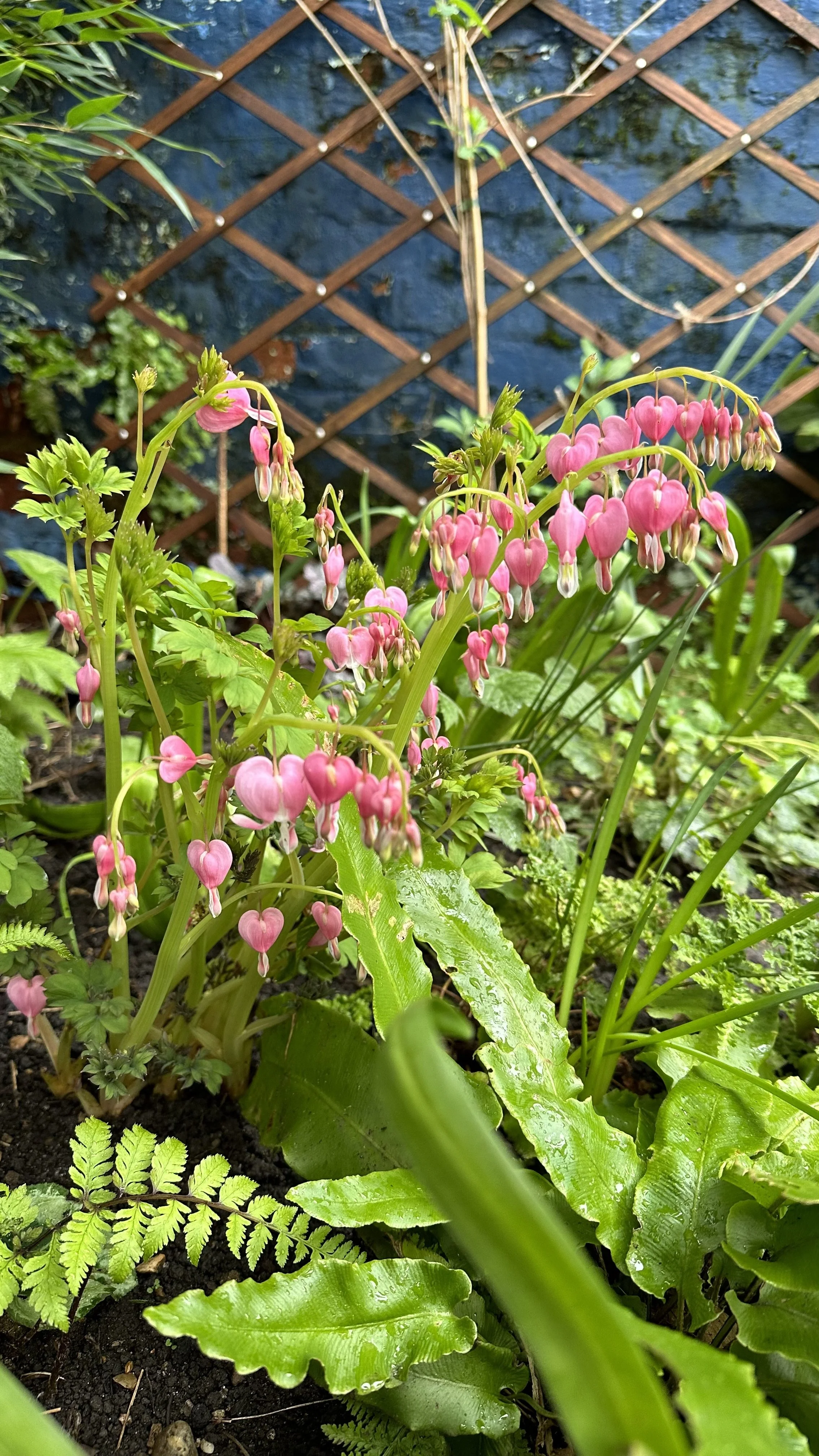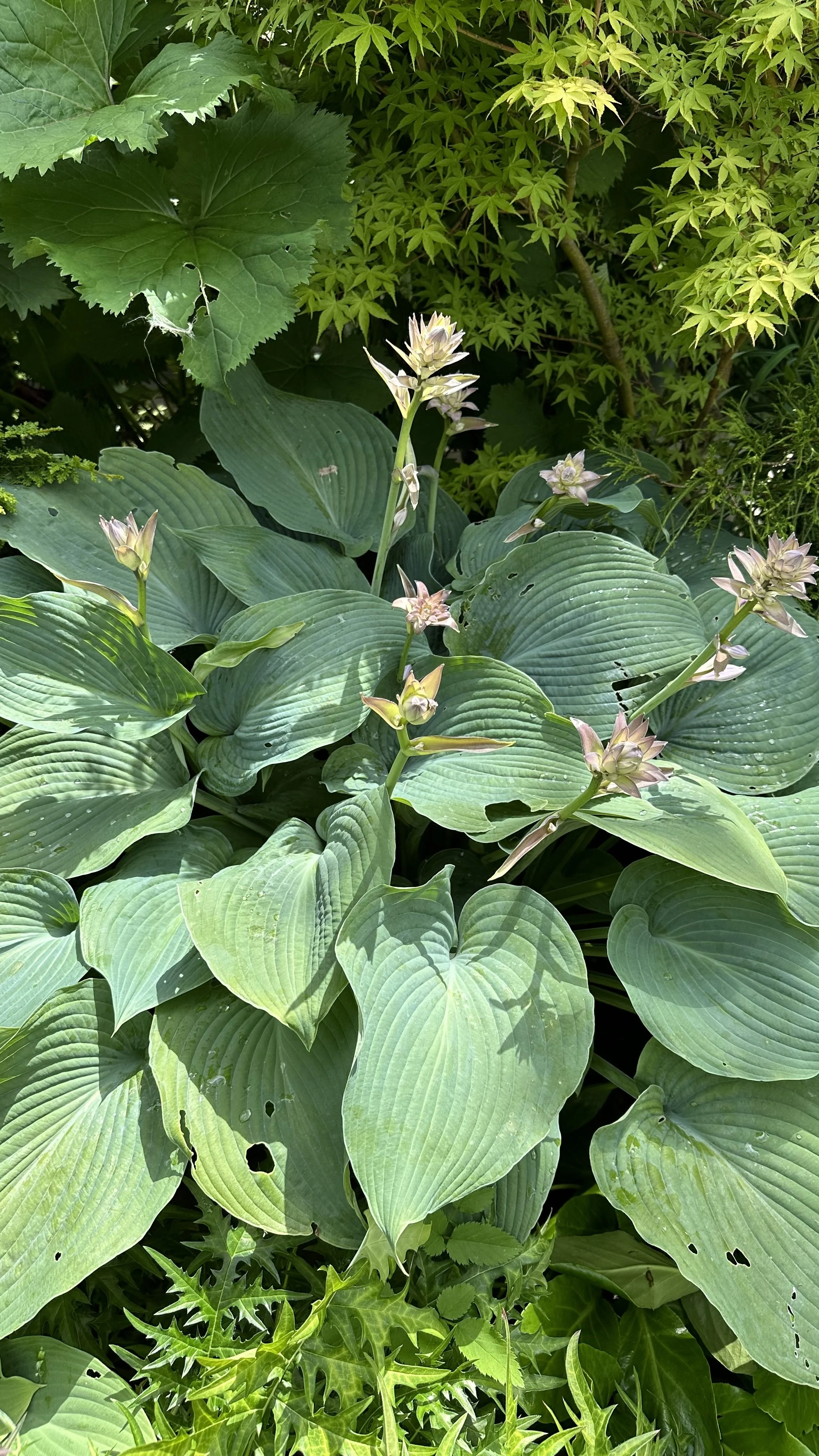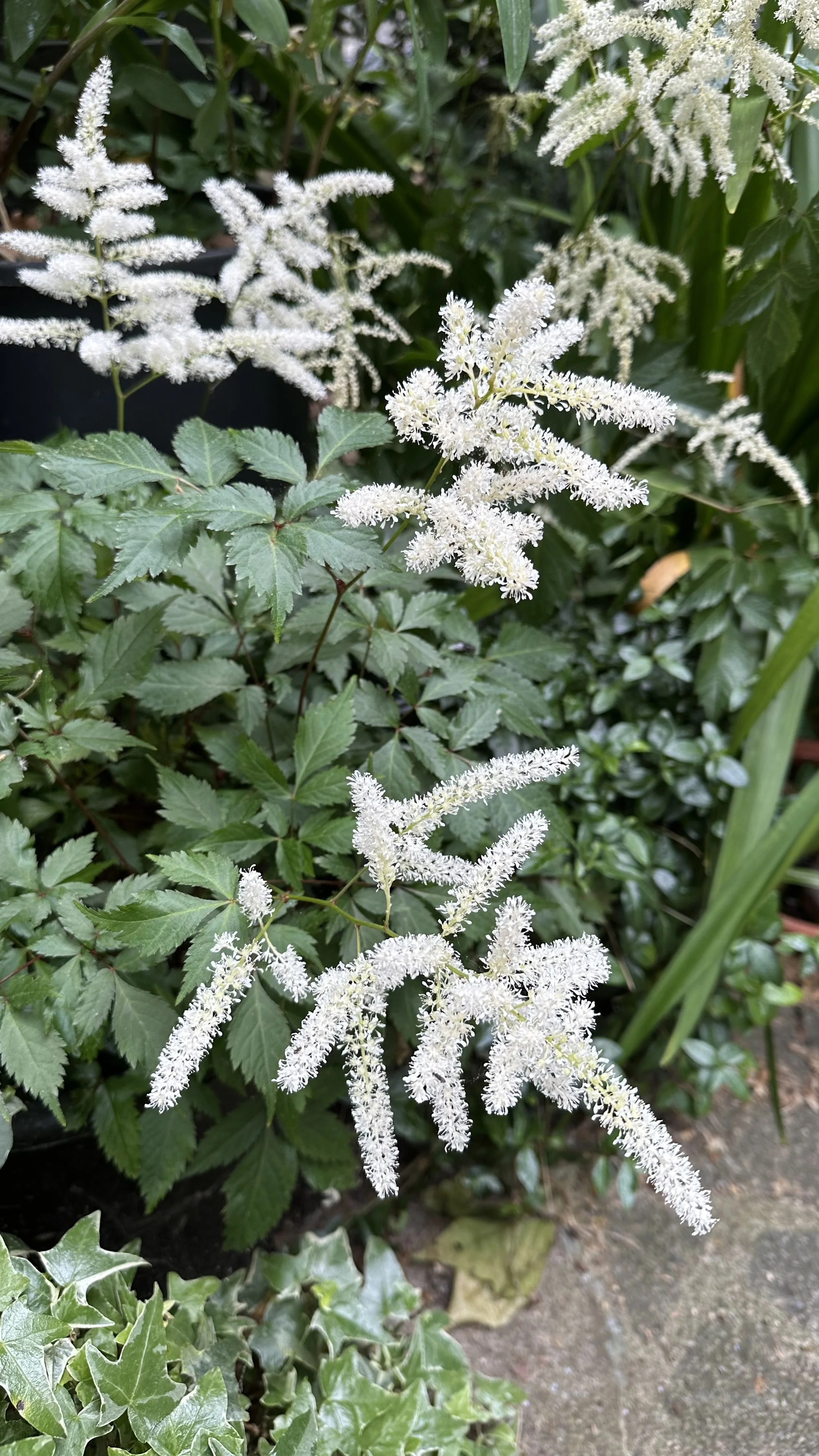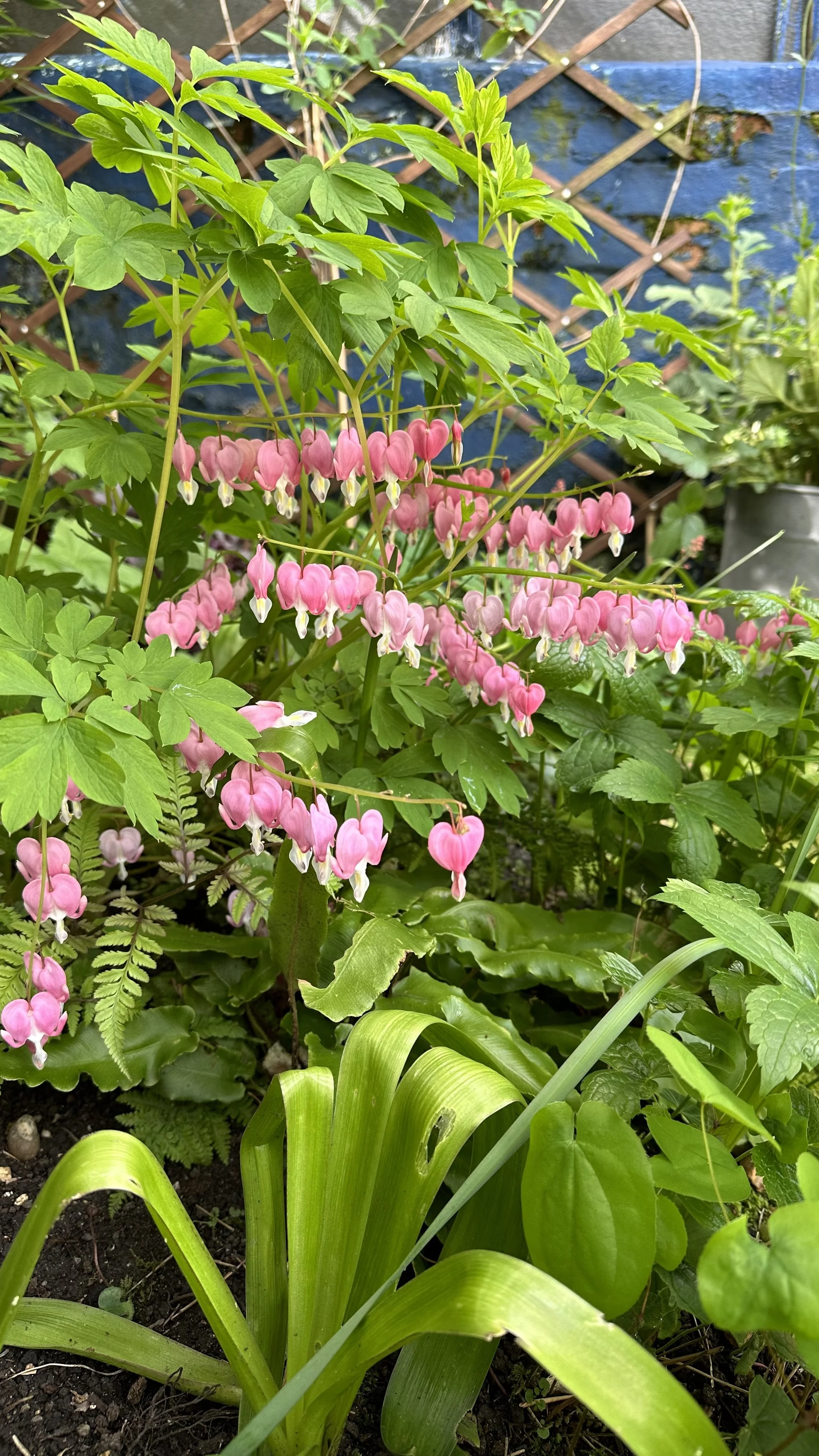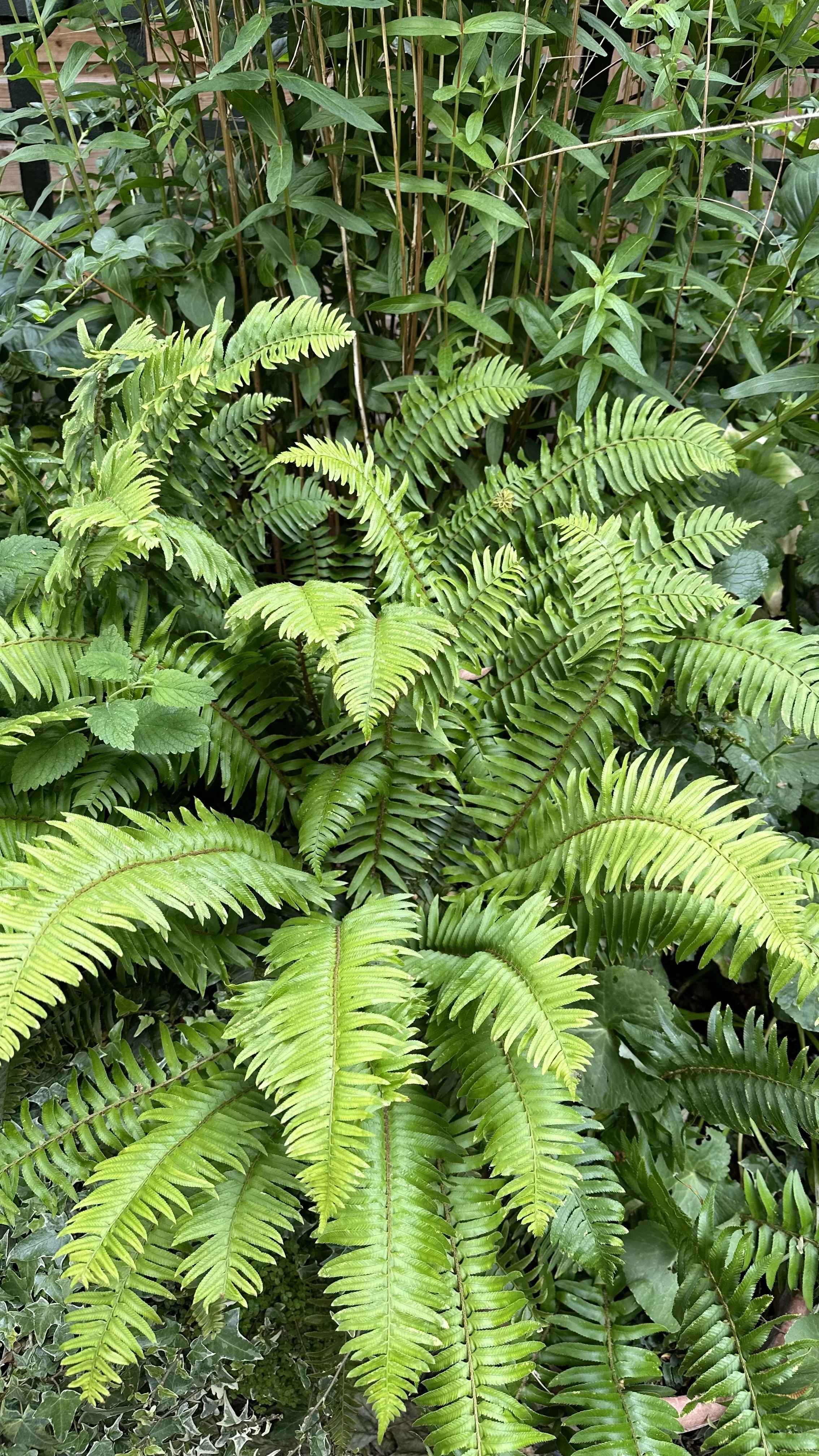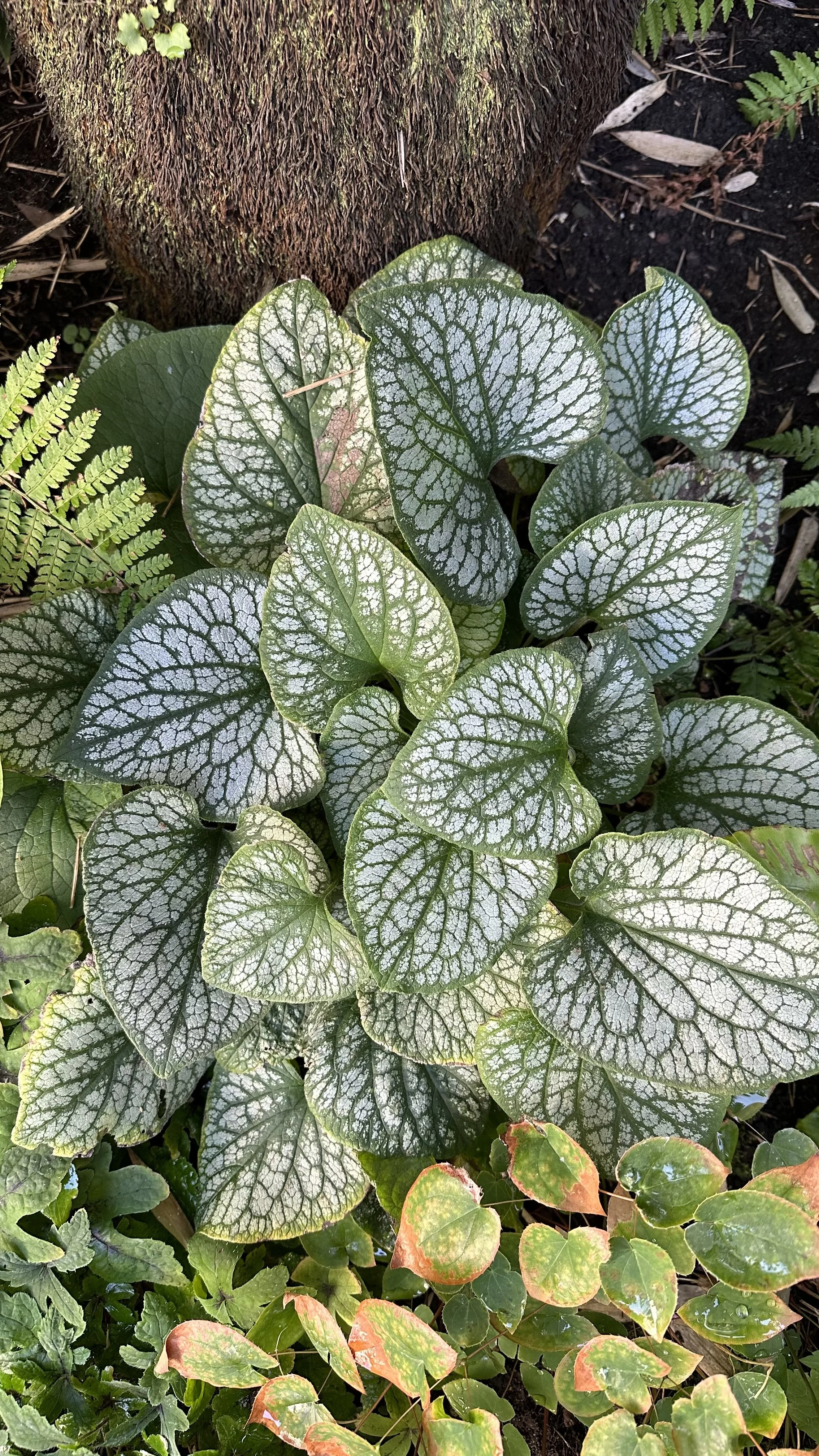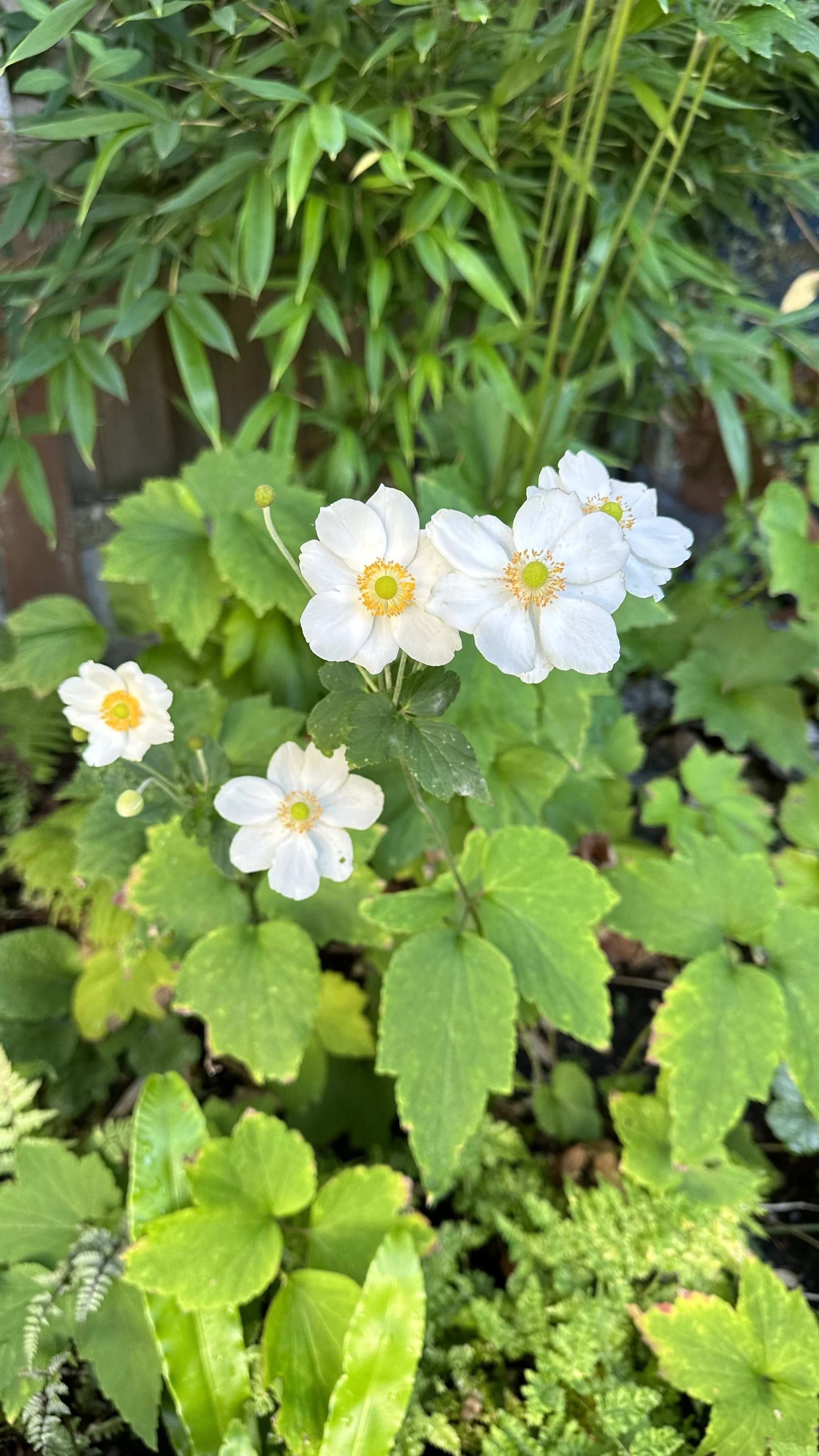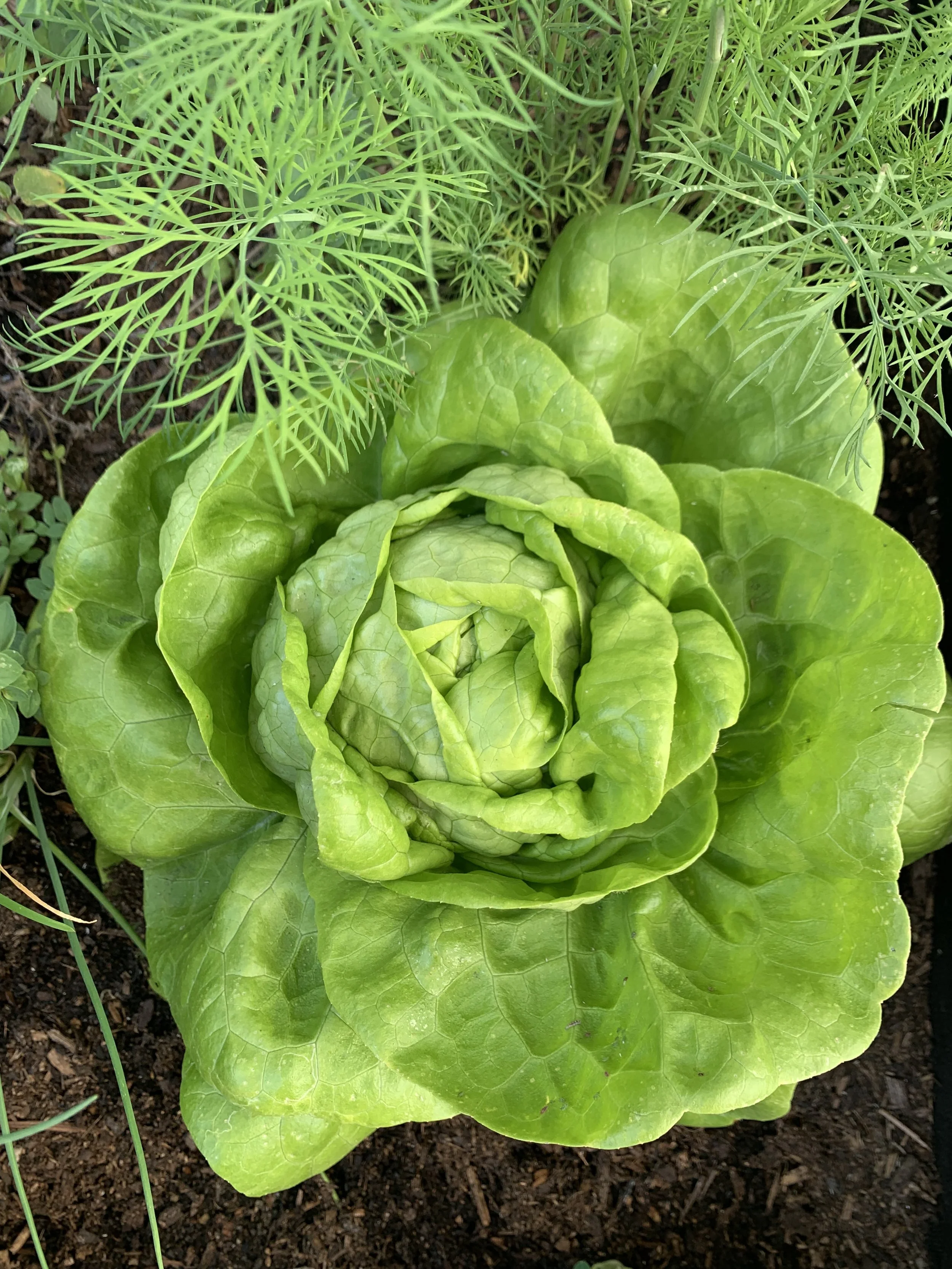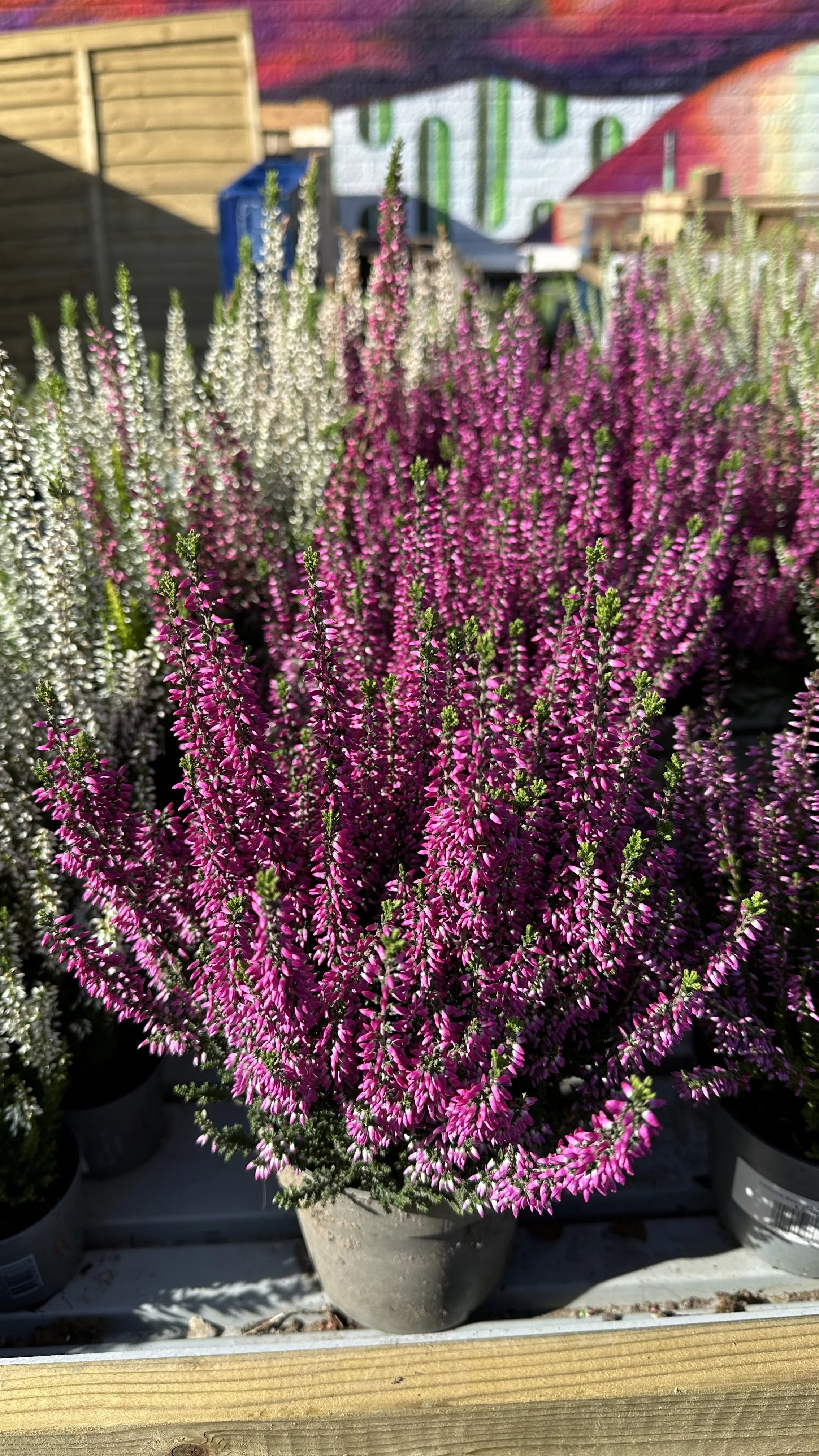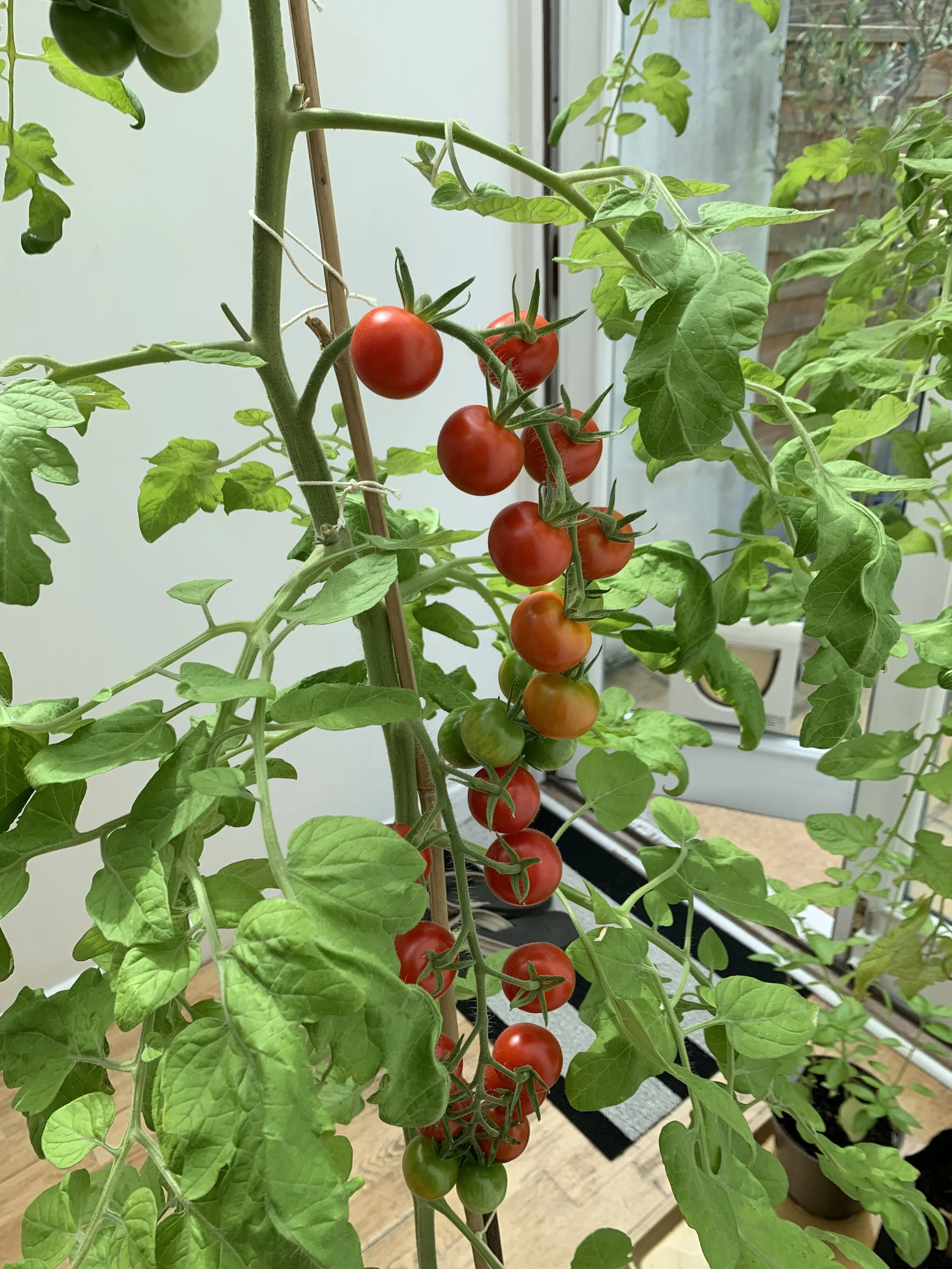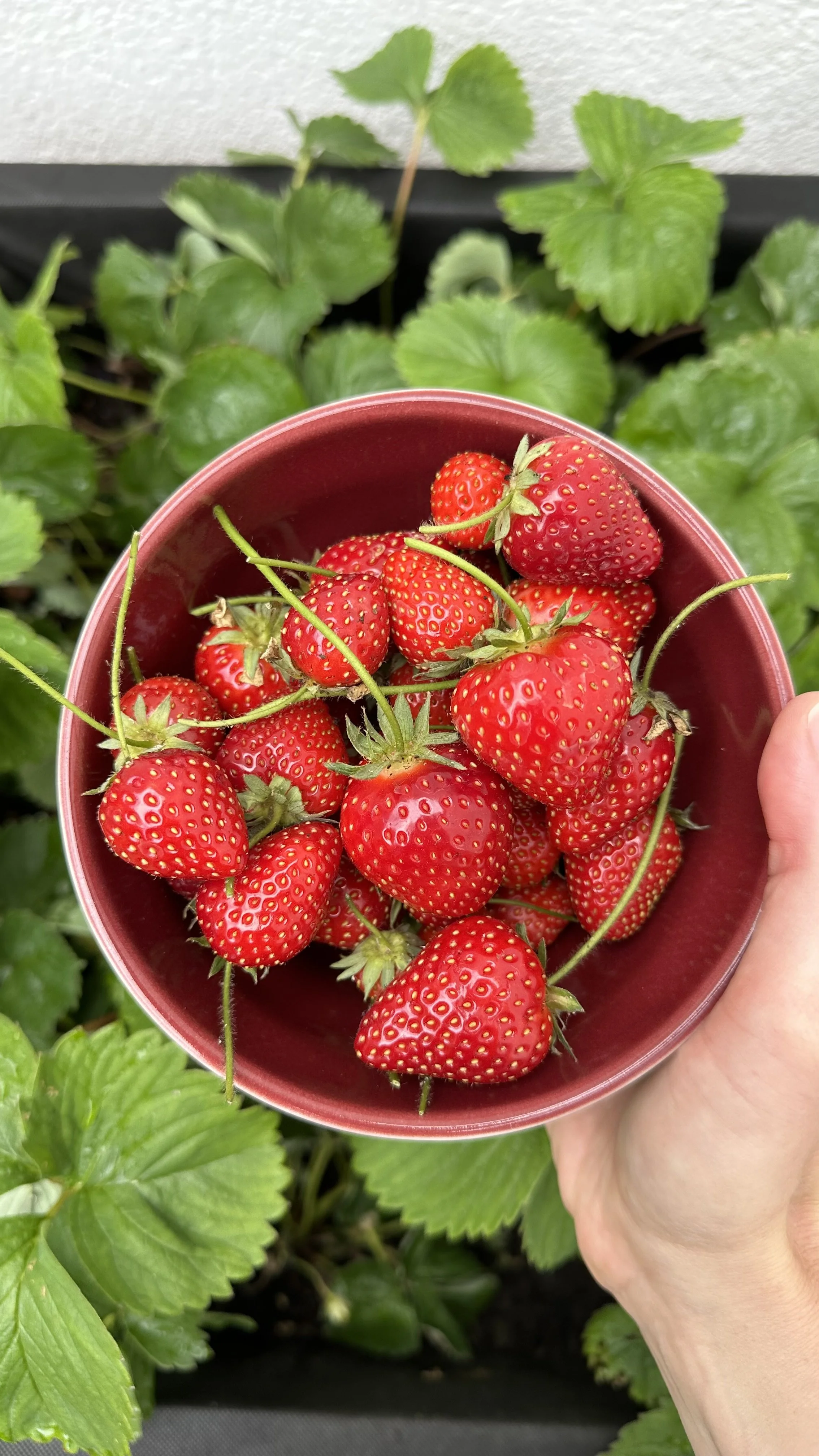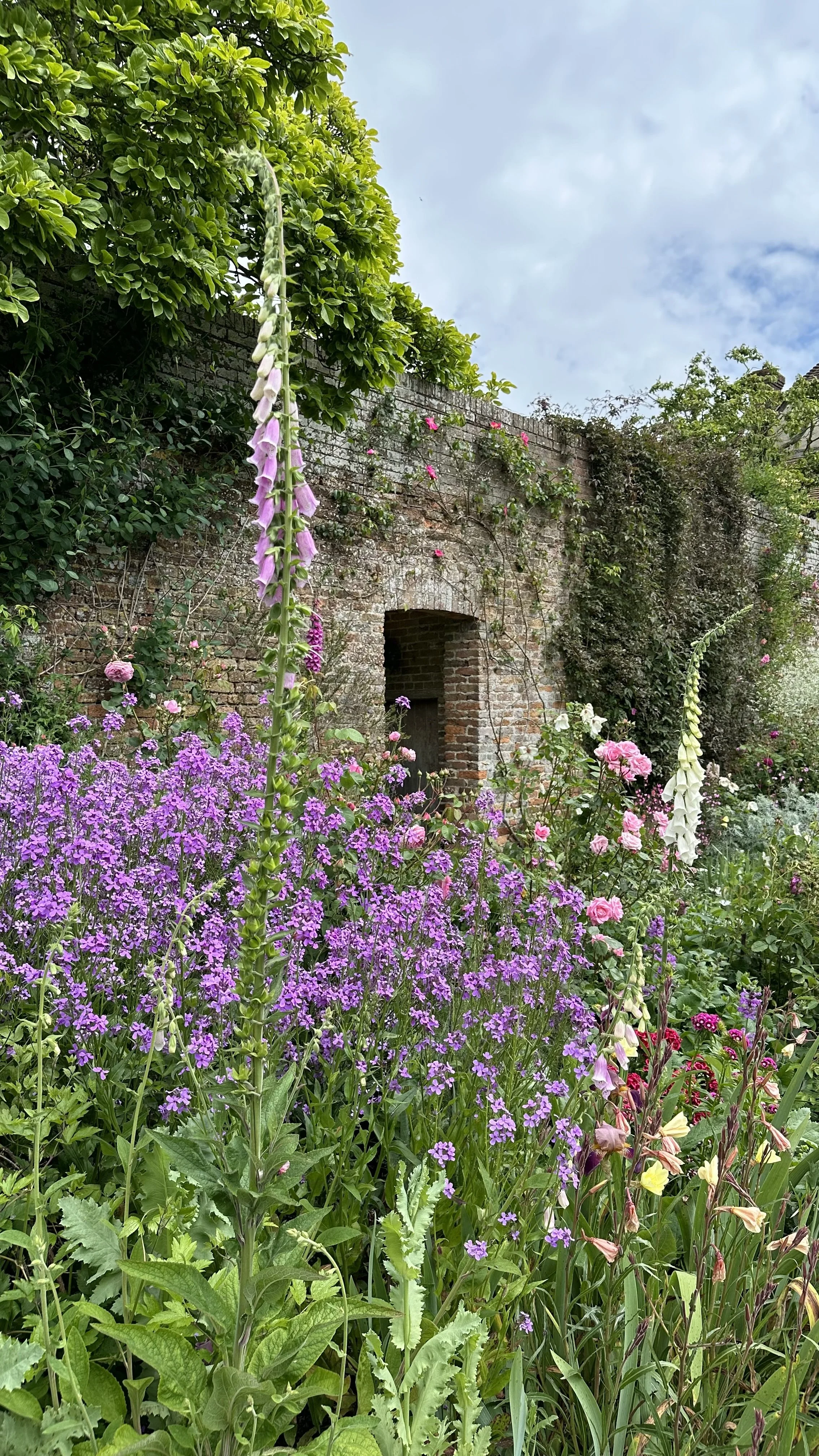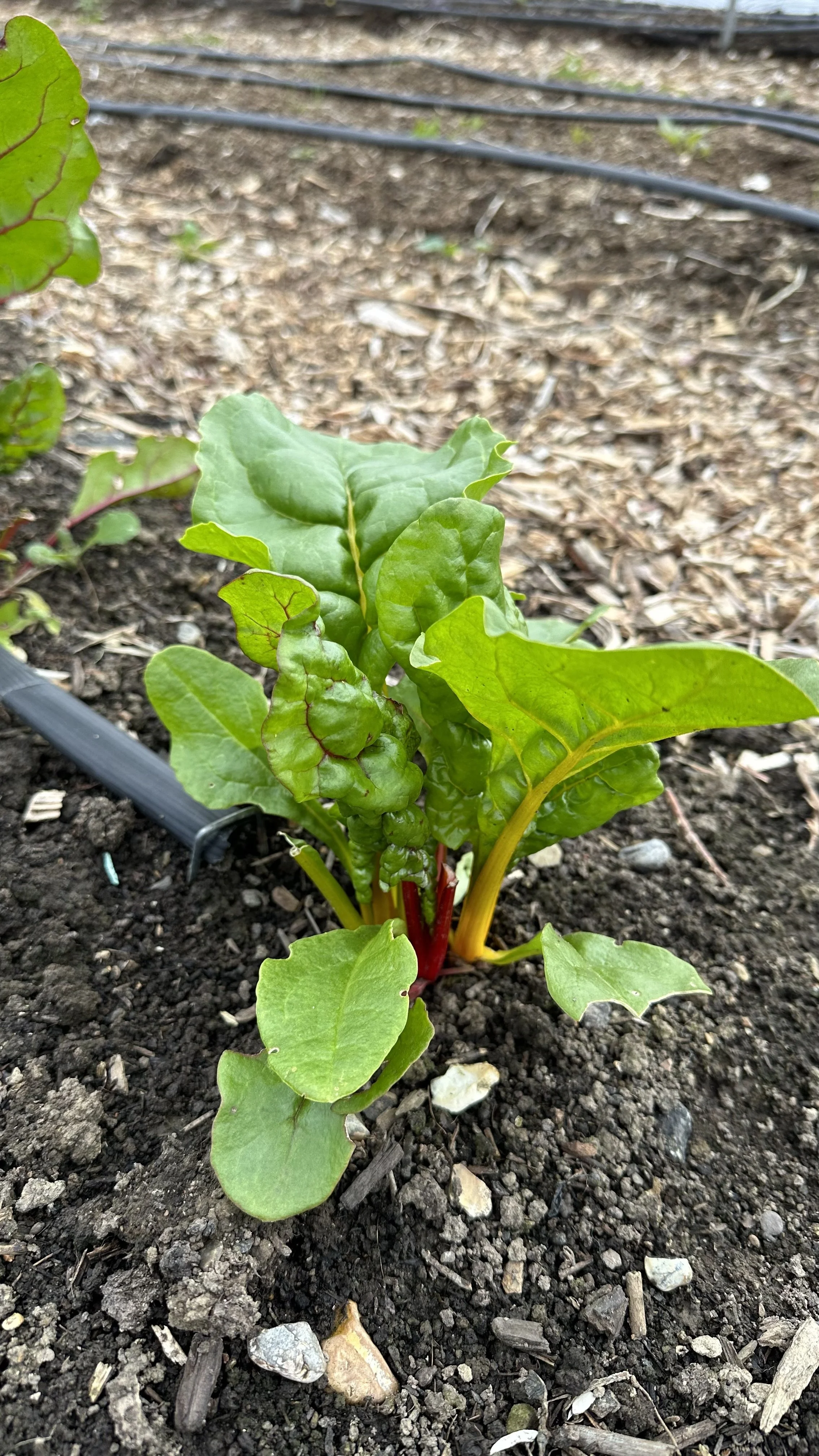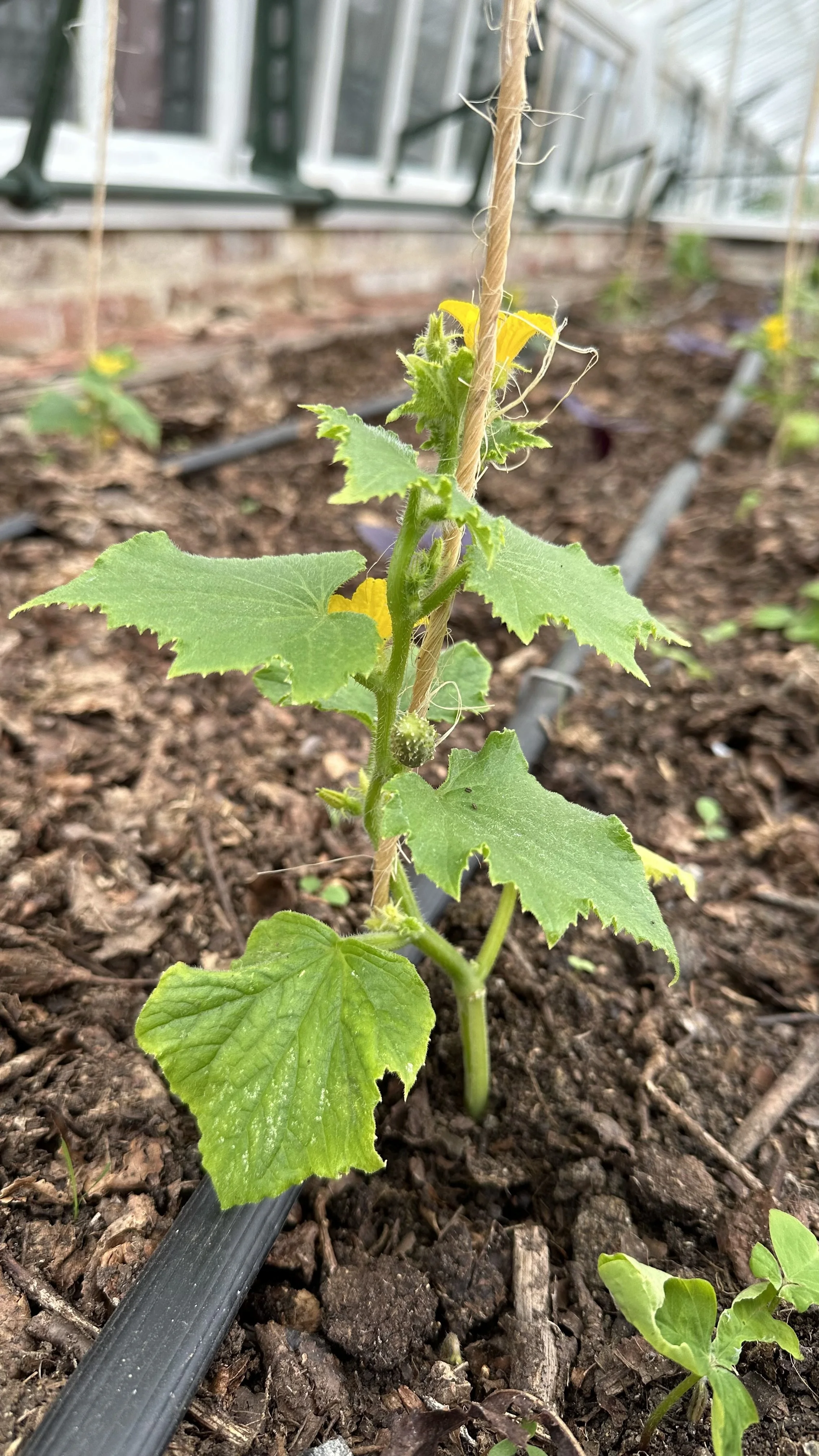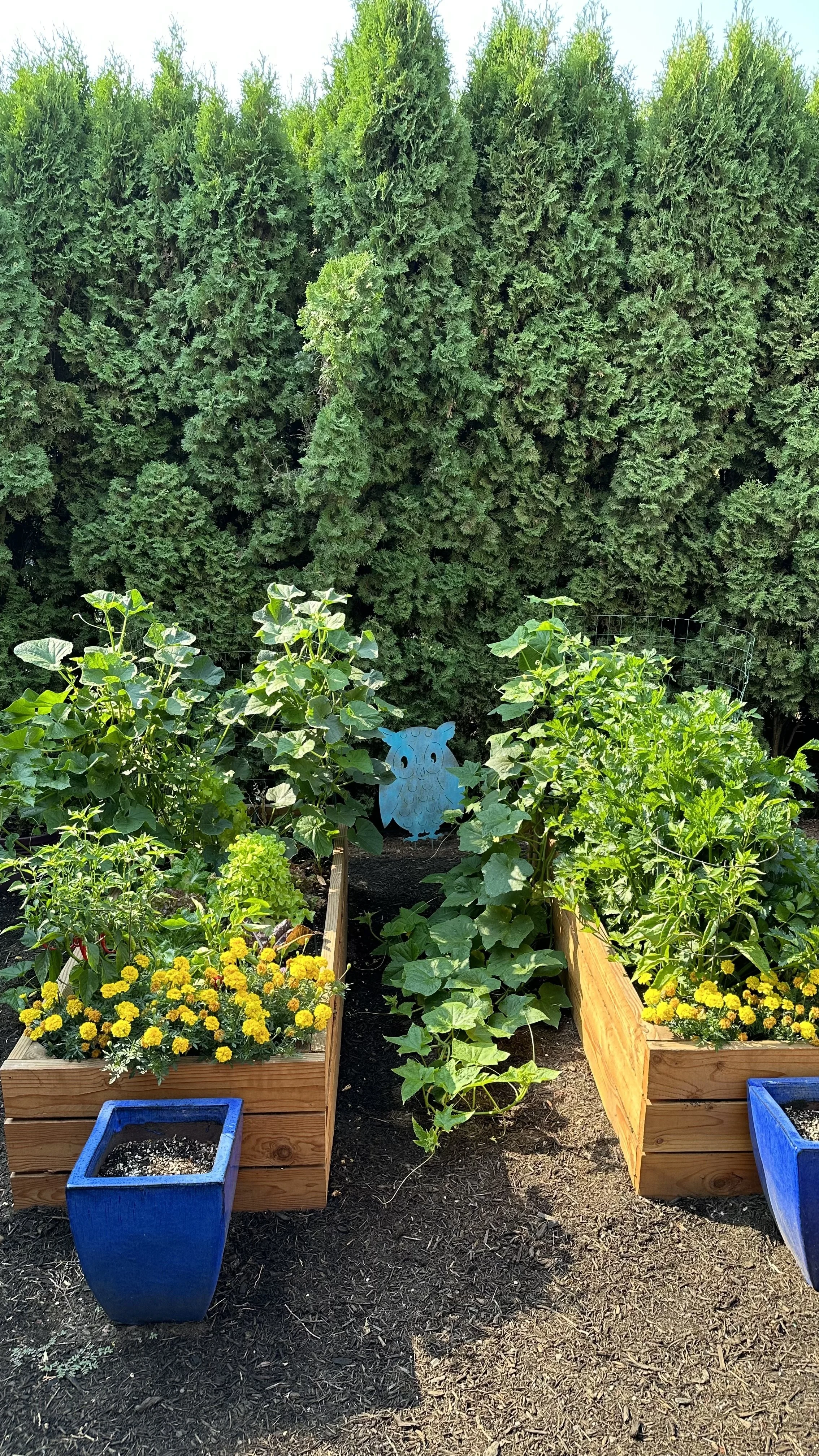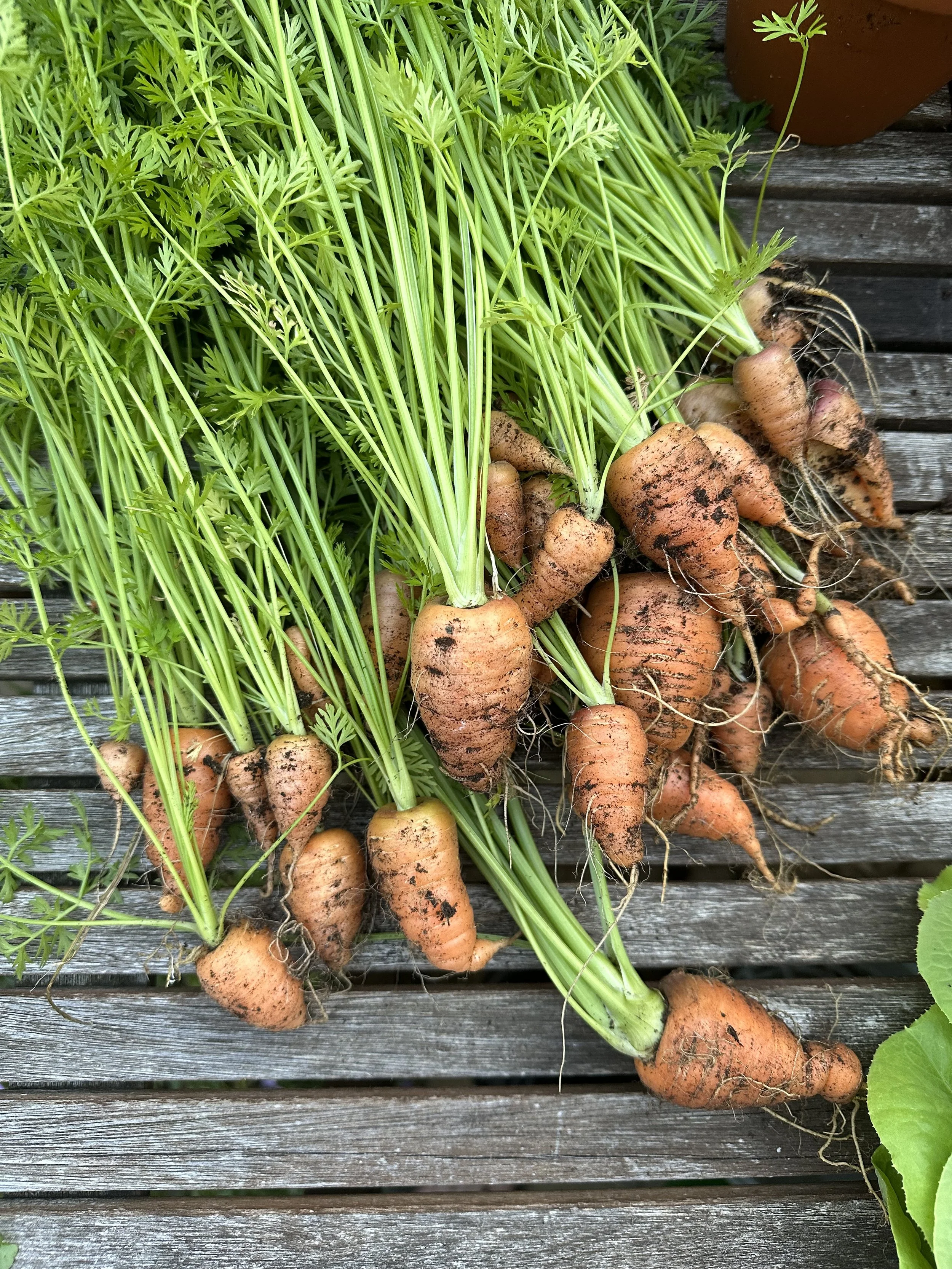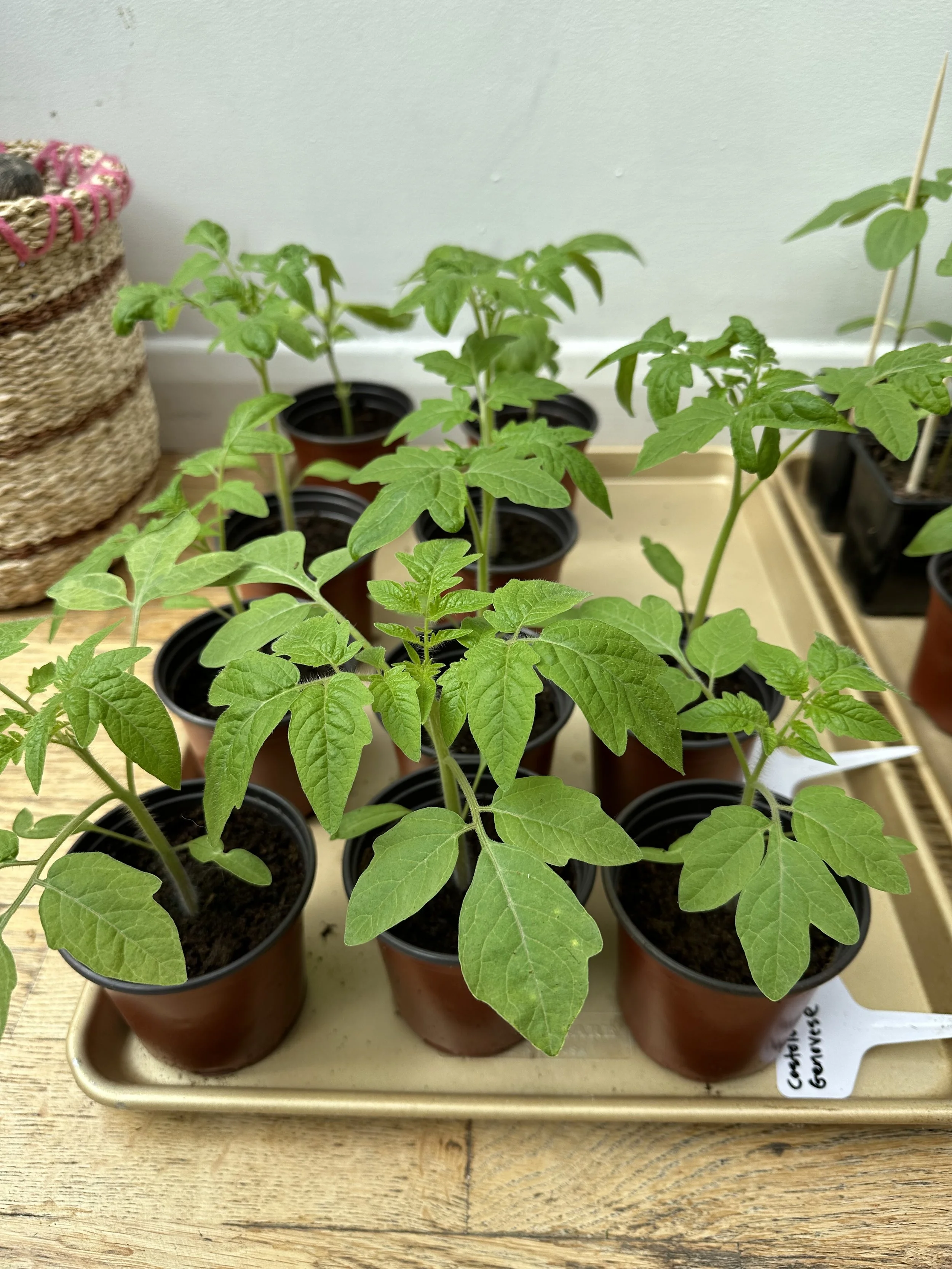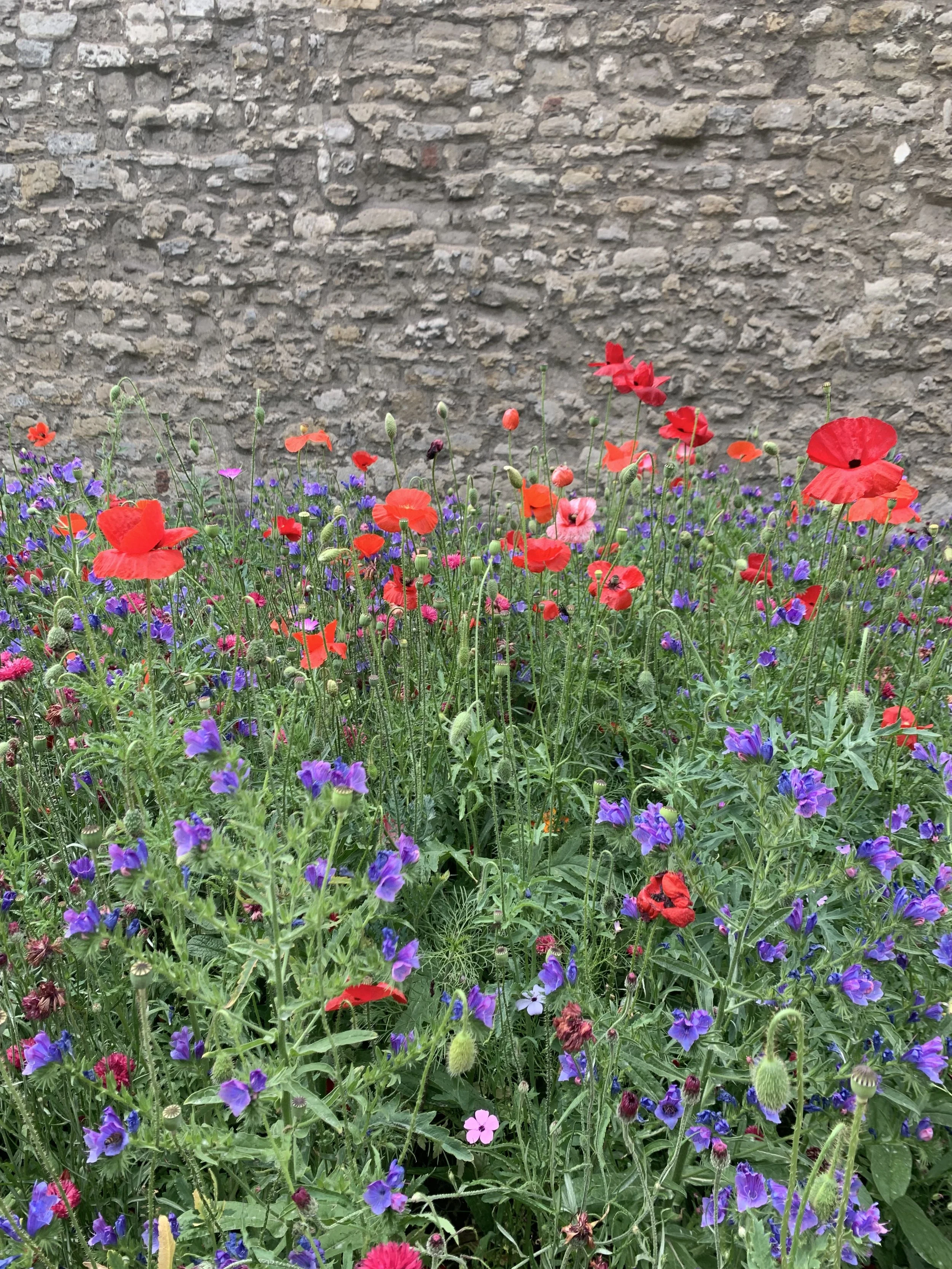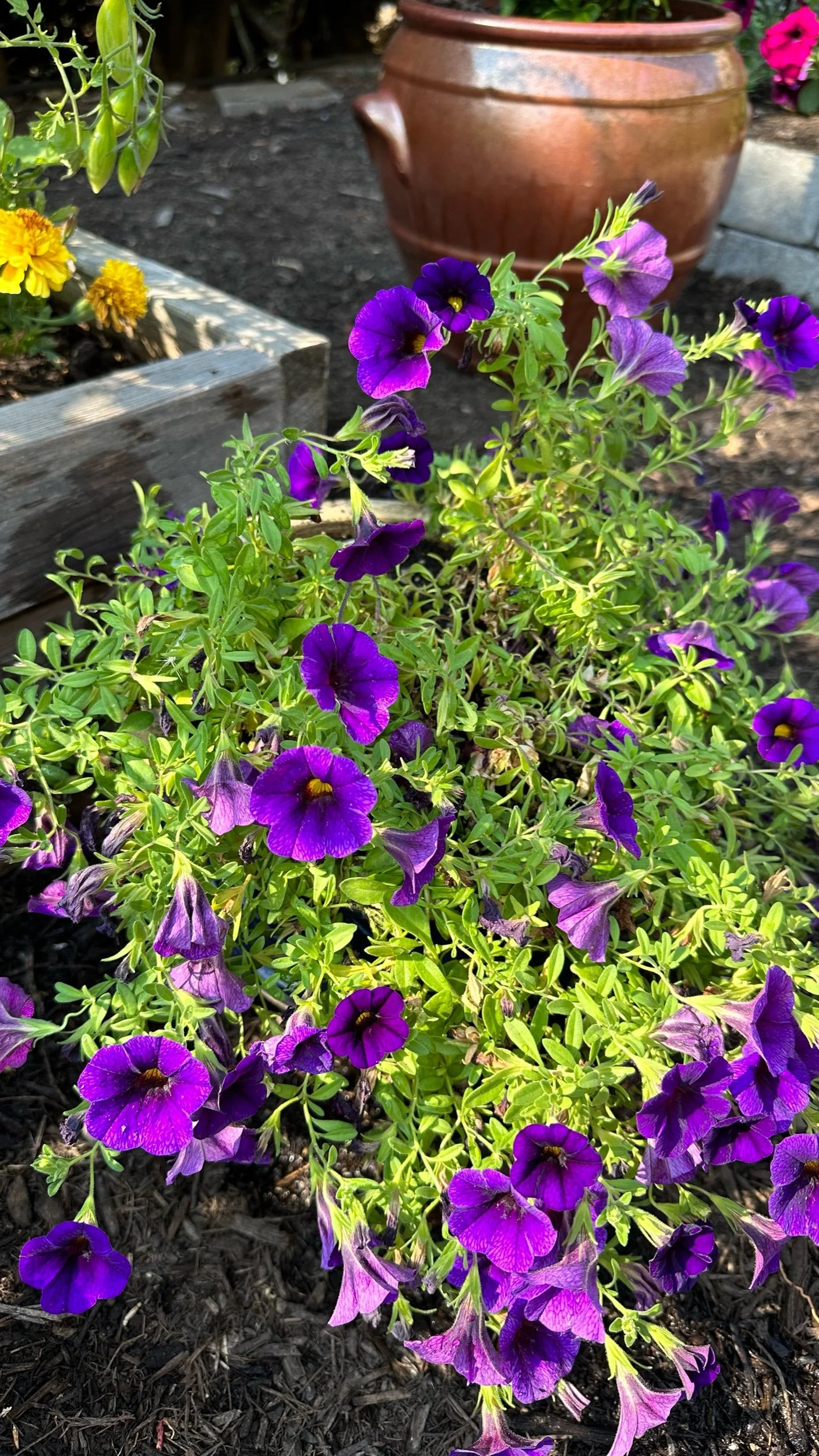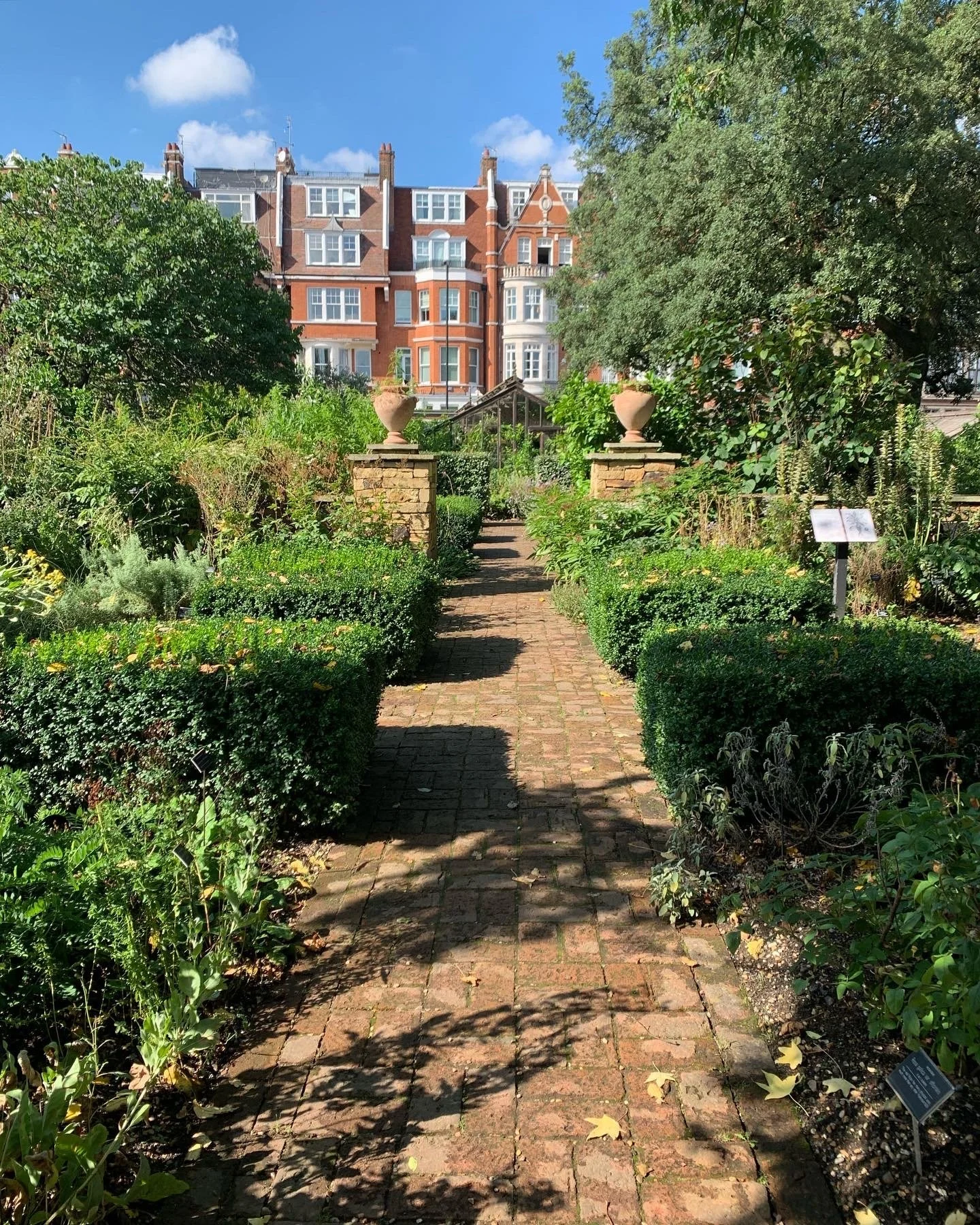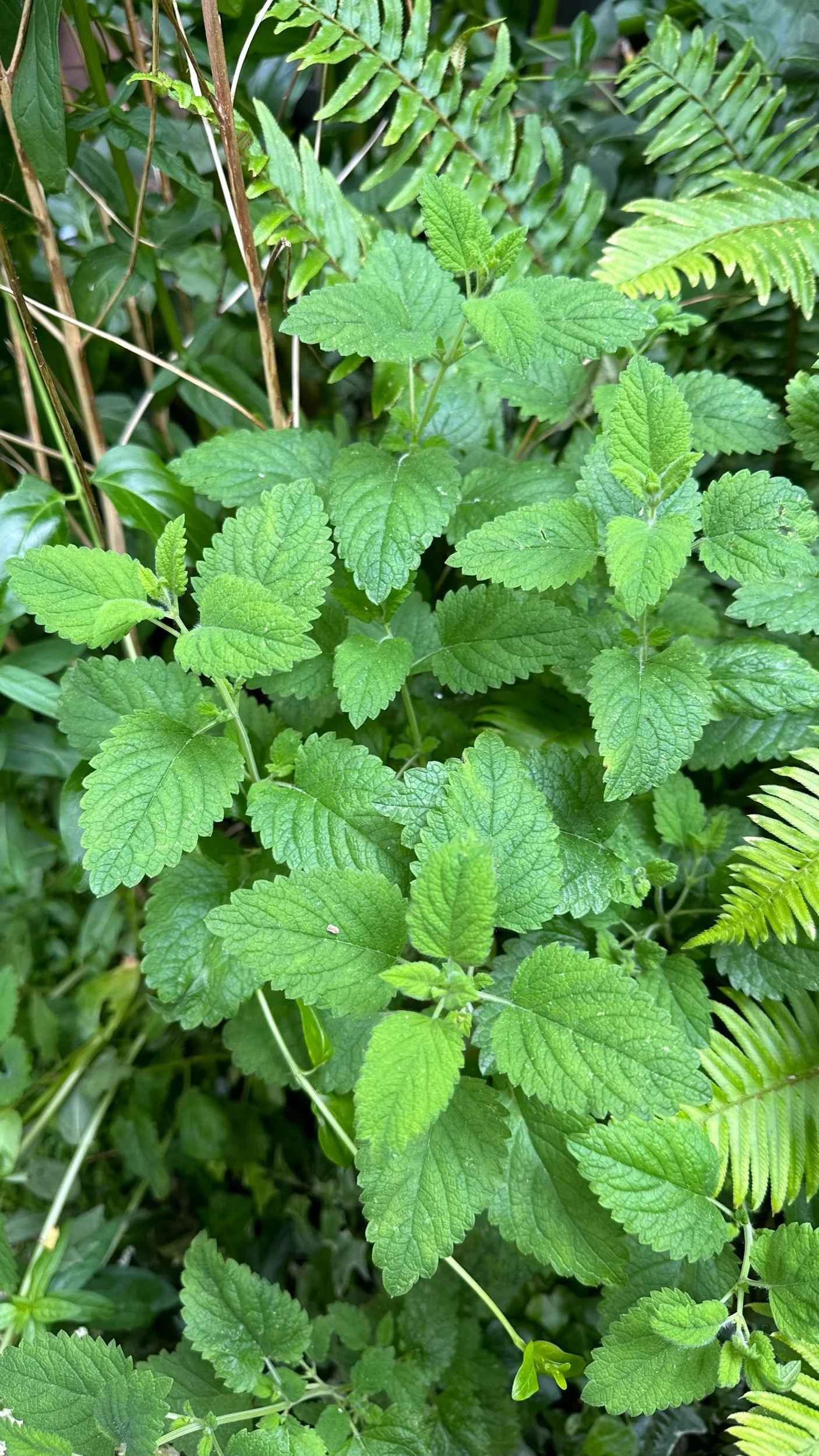The Best Plants for an East Facing Garden
This article has links to products that I may make commission from.
If you have an east facing garden, you may be wondering how to make the most of it.
An east facing garden can present both challenges and opportunities.
On the one hand, it receives most of its sunlight in the morning, which can limit the types of plants that can be grown.
On the other hand, the cooler temperatures and partial shade provided by east facing gardens can be ideal for certain types of plants.
With some careful planning, you can create a beautiful and productive garden that takes advantage of an east facing orientation.
In this guide, I will share with you everything you need to know about planning an east facing garden, from choosing the right plants to making the most of your garden's unique features.
Check out my other guides to the best plants for your garden based on which direction your garden faces:
How to Determine Your Garden Aspect
Determining the aspect of your garden involves finding out which direction your garden faces.
Once you have determined your garden's aspect, you can use this information to make decisions about the types of plants that will thrive in your garden.
For example, if your garden faces east, you will want to choose plants that can tolerate partial shade and cooler temperatures, and avoid plants that require full sun all day.
There are a few ways you can determine your garden's aspect:
Use a compass:
The most accurate way to determine your garden's aspect is to use a compass.
You can either use a physical compass or a compass app on your phone.
Observe the sun:
If you are unable to use a compass, you can also observe the sun's movement throughout the day to determine your garden's aspect.
In the morning, the sun rises in the east and sets in the west.
Stand in your garden and observe where the sun rises in the morning.
This will be the direction your garden is facing.
Check property maps:
If you have a map of your property or your house, the orientation of the house or garden may be indicated on the map.
This can be a helpful resource if you are unsure about your garden's orientation.
What is an East Facing Garden?
An east facing garden is a garden that faces towards the east, which means that it receives most of its sunlight during the morning hours.
This type of garden can be situated on the east side of a building, fence or wall, or it can be an open garden that faces towards the east.
Because an east facing garden receives most of its sunlight during the morning hours, it tends to be cooler in the afternoon than a garden that faces south or west.
This can be beneficial for plants that prefer cooler temperatures, but it can also limit the types of plants that can be grown in the garden since many plants require full sun to thrive.
An east facing garden can also be more suitable for shade loving plants, as it provides only partial sun during the day.
It's important to take into account the specific conditions of the garden, such as the amount of shade, moisture, and soil quality, in order to determine the best types of plants to grow in an east facing garden.
For some shade garden inspiration, check out my guides:
Pros and Cons to East Facing Gardens
An east facing garden can present both advantages and challenges when it comes to landscaping and gardening.
An east facing garden can be a great option for those who want to grow shade loving plants, enjoy cooler temperatures, or work in a garden during the morning hours.
However, the lack of direct sunlight during the afternoon can limit the types of plants that can be grown in the garden and can lead to issues with moisture retention.
By understanding the advantages and disadvantages of an east facing garden, gardeners can choose the right plants and create a beautiful and healthy garden.
Pros:
Morning Sunlight:
East facing gardens receive plenty of morning sunlight, which is less harsh than the afternoon sun.
This allows plants to gradually warm up, which can help them grow stronger and healthier.
Cooler Temperatures:
Due to the lack of intense sunlight, east facing gardens tend to be cooler than those that face south or west.
This can be beneficial for plants that prefer cooler temperatures and can make it more comfortable for gardeners who work in the garden during the summer months.
Ideal for Shade-Loving Plants:
Because an east facing garden receives only morning sun and misses out on the evening sun, it is an ideal environment for shade loving plants, which thrive in partial or full shade, like clematis.
To learn more about growing clematis, check out my guides: Clematis for Shade: The Best Shade Tolerant Varieties and Growing Clematis in Pots: Small Space, Big Impact.
Cons:
Afternoon Shade:
The biggest disadvantage of an east facing garden is that it receives no direct sunlight during the afternoon.
This can limit the types of plants that can be grown in the garden, as many plants require full sun to thrive (plants that require full sun are best in south facing gardens or west facing gardens).
Limited Plant Choices:
The lack of direct sunlight in the afternoon means that many fruit and vegetable plants may not grow well in an east facing garden.
However, shade-loving plants, such as hostas and ferns, can still thrive in these conditions.
Moisture Retention:
Because an east facing garden receives less direct sunlight, it can be more prone to retaining moisture.
This can lead to issues such as mold and mildew, which can harm plants and create an unhealthy environment in the garden.
For more shade garden inspiration, check out my guides:
The Best Plants for an East Facing Garden
There are plenty of plants that thrive in east facing garden sunlight.
Whether you prefer colorful flowers, interesting foliage, or a combination of both, there are east facing garden plants that are perfect for your garden.
By selecting the right plants and providing them with the right growing conditions, you can create a beautiful and thriving garden in your east facing yard.
Hostas
Hostas are the perfect shade-loving plant for an east facing garden.
They come in a range of sizes, leaf shapes, and colors, making them an excellent choice for adding texture and interest to your garden.
Hostas thrive in partial to full shade, so they are well-suited for an east facing garden.
They also require little maintenance, making them an ideal plant for the busy gardener.
Learn more about growing and caring for hostas with my guides:
Hosta Care in Winter to Ensure Springtime Splendor
Here is the hosta I recommend growing:
For more shade garden tips, check out my guide:
Astilbes
Astilbes are another shade-loving plant that is perfect for an east facing garden.
They produce attractive plumes of pink, white, or red flowers that bloom in mid to late summer, and their lacy foliage adds texture and interest to your garden.
Astilbes prefer moist soil, so be sure to water them regularly.
Here is the astilbe I recommend for east facing gardens:
To bring more pollinators to your shade garden, check out my guide:
Bleeding Heart
Bleeding hearts (Lamprocapnos spectabilis) are one of the most popular shade-loving plants, and for good reason.
Their heart-shaped flowers are a stunning shade of pink, white, or red and bloom in early spring.
Bleeding hearts grow well in partial shade, and their foliage remains attractive throughout the growing season.
Bleeding hearts are one of my favorite plants to grow.
To learn more, check out my guide: How to Grow Bleeding Heart.
Here is the bleeding heart I recommend growing in east facing gardens:
Ferns
Ferns are an excellent choice for an east facing garden because they thrive in the cool, moist conditions created by morning sun and afternoon shade.
They come in a variety of shapes and sizes and are great for adding texture and year round interest to your garden.
Some popular evergreen fern varieties include Autumn Fern, Holly Fern, and Souther Wood Fern.
Another excellent type of fern for east facing gardens is the tree fern.
Learn more about growing tree ferns with my guide Growing and Caring for Tree Ferns: A Complete Guide.
Here is the Holly Fern I recommend growing:
Heuchera
Heuchera (also known as Coral Bells) is a shade-loving perennial that produces delicate flowers on tall stems in late spring or early summer.
They come in a variety of colors, including pink, purple, and red, and their foliage ranges from green to bronze.
Heuchera prefer well-drained soil, so be sure to amend your soil if necessary.
Here is the heuchera I recommend for an east facing garden:
Brunnera
Brunnera (Brunnera macrophylla), also known as Siberian bugloss, is a great plant to consider for an east facing garden.
Brunnera has attractive, heart-shaped leaves that are usually green with a silver overlay, providing a unique and interesting texture in the garden.
In the spring, Brunnera produces clusters of delicate, small blue flowers that can add a pop of color to an otherwise muted area.
Here is the Brunnera I recommend for your east facing garden:
Anemones
Anemones can tolerate partial shade, which makes them a great option for an east facing garden that receives less direct sunlight.
Anemones produce beautiful, colorful flowers in shades of pink, white, red, and purple, which can add a bright pop of color to your garden.
However, it's important to note that if your east facing garden is heavily shaded, anemones may not perform as well.
It's important to choose the right variety for your particular conditions, as some anemones are more sun-tolerant than others.
Here is the anemone I recommend for east facing gardens:
For more plants that would love the shade found in an east facing garden, check out this post: 10 Best Flowering Vines for Shade.
What Vegetables Can You Grow in an East Facing Garden?
While an east facing garden can present some challenges for growing certain vegetables, there are still plenty of vegetable varieties that can thrive in this type of environment.
Here are some east facing garden vegetables that can do well in shadier conditions:
Leafy Greens:
Vegetables such as lettuce, spinach, and kale are ideal for an east-facing garden because they prefer cooler temperatures and don't require full sun to grow.
Vegetables like kale can also benefit from the morning sunlight that an east facing garden receives.
Check out my guide to Growing Lettuce in Containers for everything you need to know about growing leafy greens.
Broccoli and Cauliflower:
Broccoli and cauliflower can tolerate partial shade and cooler temperatures, making them a good choice for an east facing garden.
They do require some sunlight to mature properly, so it's important to choose a variety that can tolerate less light.
To learn more about growing cauliflower check out my guide to companion plants for cauliflower.
Beans:
Beans can grow in partial shade and prefer cooler temperatures, making them a good choice for an east facing garden.
They also benefit from the morning sunlight that an east facing garden receives.
Root Vegetables:
Vegetables such as carrots, radishes, and beets can do well in an east facing garden if the soil is well-drained and the plants are watered regularly.
While these vegetables may not grow as quickly as they would in full sun, they can still produce a healthy crop.
Check out my guide to Growing Carrots in Containers.
Herbs:
Many herbs, such as cilantro, parsley, and chives, can grow well in partial shade and cooler temperatures.
They can also benefit from the morning sunlight that an east facing garden receives.
To learn more about growing herbs check out our post on the best combinations of herbs to grow together.
Garlic:
Garlic can tolerate partial shade and cooler temperatures, making it a good choice for an east facing garden.
It also requires well-drained soil and regular watering.
To learn more about the best compost for vegetable gardens check out my guide to the best compost.
It's important to note that the success of growing vegetables in an east facing garden will depend on a variety of factors, including the specific planting location and climate of the garden, the quality of the soil, and the amount of care and attention the plants receive.
With careful planning and attention, however, it is possible to grow a very healthy and productive vegetable garden in an east facing location.
